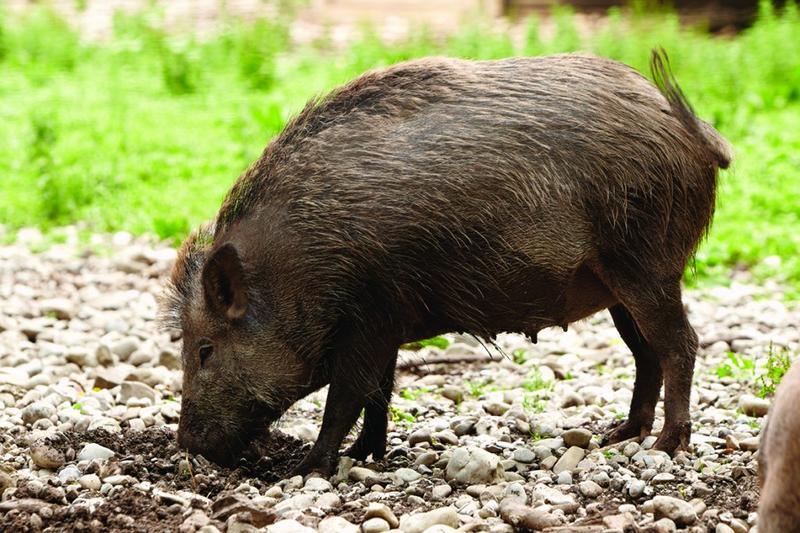Hunting is effective if you have the right circumstances and and effective hunter. For example on primarily open lands, low crops, etc., 3 nights a week, hunting can work very well.
Where hunting fails is in high crops and heavily forested areas where the hogs are harder to spot in the first place and harder to shoot once you find them. For most landowners, where hunting fails is by having a hunter that hunts out of convenience.
Traps are great. Each has its advantage and shortcoming.
Sadly, bounties are bound to fail. They sound good in theory, but the problem is with the participants who will lie and cheat and import hogs to get bounties. Sadly, this has been documented time and time again.
Recently, I have been reading about the Cobra Effect and Perverse Incentives (not what it sounds like).

en.wikipedia.org
What is the 'Cobra Effect' and how does it lead to unintended consequences? Learn what is the meaning of the cobra effect on A-Z Animals.

a-z-animals.com
Basically, there have been lots and lots of examples from all over the world where the institution of bounties has resulted in actually making the problem worse. The 'cobra effect' is an anecdotal story about trying to get rid of cobras in Dehli and a bounty being offered for the snakes. Instead of getting rid of the snakes, the bounties incentivised a cobra breeding program by locals. Once this was discovered, the bounty system ceased, and the breeders turned loose their stock and the local cobra problem ended up being worse than being better.
The same happened with rats in Vietnam where a program was instituted to pay for rats. Proof was the tail. Then officials started noticing a lot of live rats running around with no tails. The locals would cut off the tails, but let the rats continue to breed in order to get more tails.
At Fort Benning, GA, the same was found for hogs, but more with the process. Prebounty numbers were lower than post bounty numbers.
Farmers and ranchers are still searching for ways to eradicate the animals that plague their land.

www.texasstandard.org
Here is the scientific paper showing the failure...
https://www.jstor.org/stable/90013549
It just seems that either intentionally or not, bounties are not apt to help the issue.


